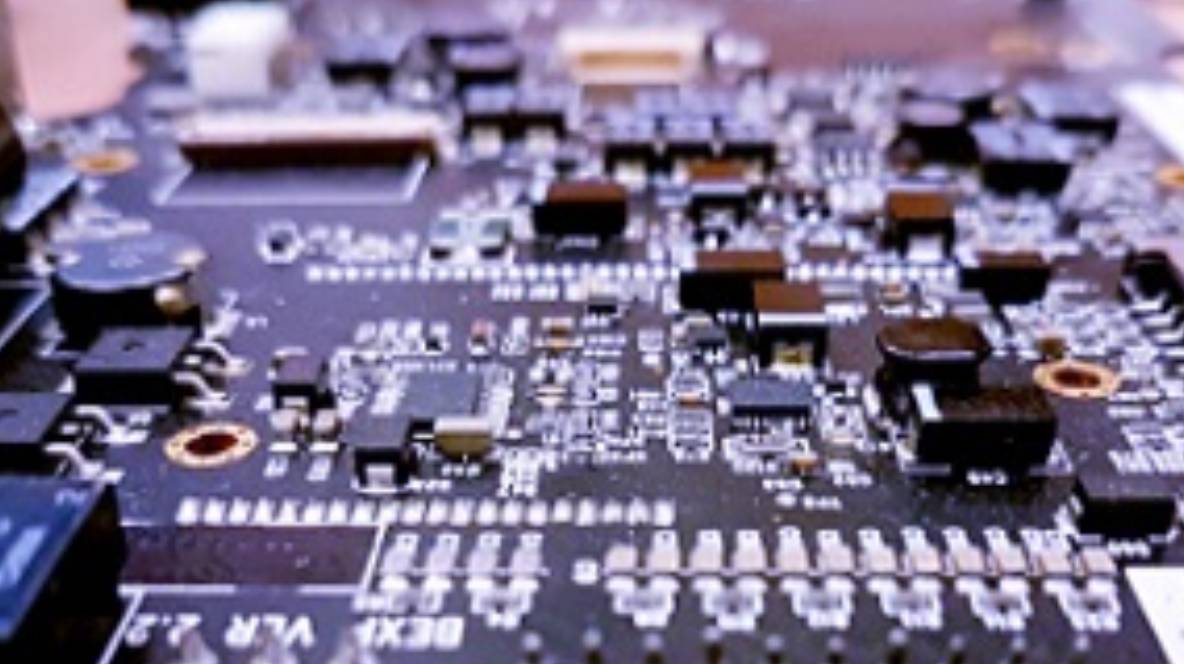Bridging the Heat Gap: Thermally Conductive Epoxy for Efficient Heat Transfer
Keep your electronics cool with thermally conductive epoxy. Superior heat transfer, strong bonding, and electrical insulation for optimal performance and reliability. Learn more!
In today’s electronics-driven world, effective heat management is paramount. Efficient heat transfer is crucial to prevent overheating and ensure optimal performance and longevity of electronic components. Thermally conductive epoxy offers a revolutionary solution, acting as a thermal bridge to dissipate heat and promote cooler operation. This guide explores the functionalities, key advantages, and diverse applications of this essential adhesive in modern thermal management strategies.
What is Thermally Conductive Epoxy?
Thermally conductive epoxy is a specialized adhesive that combines the strong bonding properties of traditional epoxy with the ability to efficiently transfer heat. Its unique formulation makes it ideal for thermal management applications. Key characteristics include:
- High Thermal Conductivity: Incorporates thermally conductive fillers, such as metal oxides or ceramic particles, to enhance heat transfer capabilities.
- Strong Bonding Strength: Maintains robust adhesion between components, ensuring effective heat transfer and reliable bonding.
- Electrical Insulation: Many formulations offer electrical insulation, preventing shorts and protecting sensitive components.
- Versatility: Available in various viscosities, cure times, and pot lives to meet specific application needs.
Advantages of Using Thermally Conductive Epoxy in Thermal Management:
Thermally conductive epoxies offer numerous benefits:
- Improved Heat Dissipation: Efficient heat transfer keeps components cooler, preventing overheating and extending their lifespan.
- Enhanced Device Performance: Cooler operating temperatures ensure optimal performance and reliability of electronic devices.
- Reduced Reliance on Bulky Heat Sinks: Can often replace or supplement traditional heat sinks, enabling more compact and lightweight designs.
- Simplified Assembly Processes: Epoxies offer easier application compared to some other thermal interface materials (TIMs).
- Durable and Reliable Bonding: Strong, long-lasting bonds ensure consistent heat transfer and performance.
Applications of Thermally Conductive Epoxy in Electronics and Beyond:
Thermally conductive epoxy is widely used across various industries:
- Electronics Manufacturing: Bonding heat sinks, LED modules, and other heat-generating components to PCBs.
- Power Electronics: Bonding IGBTs, MOSFETs, and other power devices to heat sinks for effective heat dissipation.
- Automotive Electronics: Managing heat in ECUs, sensors, and other automotive electronic components.
- Consumer Electronics: Cooling laptops, smartphones, and other portable devices.
- LED Lighting: Bonding LEDs to heat sinks for optimal heat dissipation and light output.
- 3D Printing: Enabling the creation of custom heat sinks with embedded conductive pathways.
Choosing the Right Thermally Conductive Epoxy for Your Application:
Selecting the optimal epoxy requires careful consideration:
- Thermal Conductivity Rating: Choose an epoxy with a thermal conductivity rating that meets or exceeds your application’s heat transfer requirements.
- Bond Strength Requirements: Ensure the epoxy provides sufficient bond strength for the intended components and operating conditions.
- Application Method and Working Time: Select an epoxy with a viscosity and cure time that aligns with your manufacturing process.
- Electrical Insulation Needs: If electrical isolation is required, choose an electrically insulating epoxy.
The Future of Thermal Management with Thermally Conductive Epoxy:
Advancements in material science are continually improving thermally conductive epoxies, leading to even higher thermal conductivity, enhanced ease of use, and broader application suitability.
Bridging the Heat Gap for Optimal Electronic Performance:
Thermally conductive epoxy is a critical tool for effective thermal management in modern electronics. By understanding its properties, advantages, and diverse applications, engineers and manufacturers can leverage this innovative adhesive to ensure optimal performance and reliability in their electronic designs. Consider thermally conductive epoxy to bridge the heat gap and keep your electronics cool and running smoothly.
Searching for thermally conductive grease? Our wide selection offers the perfect solution for your needs. Contact us or visit www.incurelab.com for more products available.
